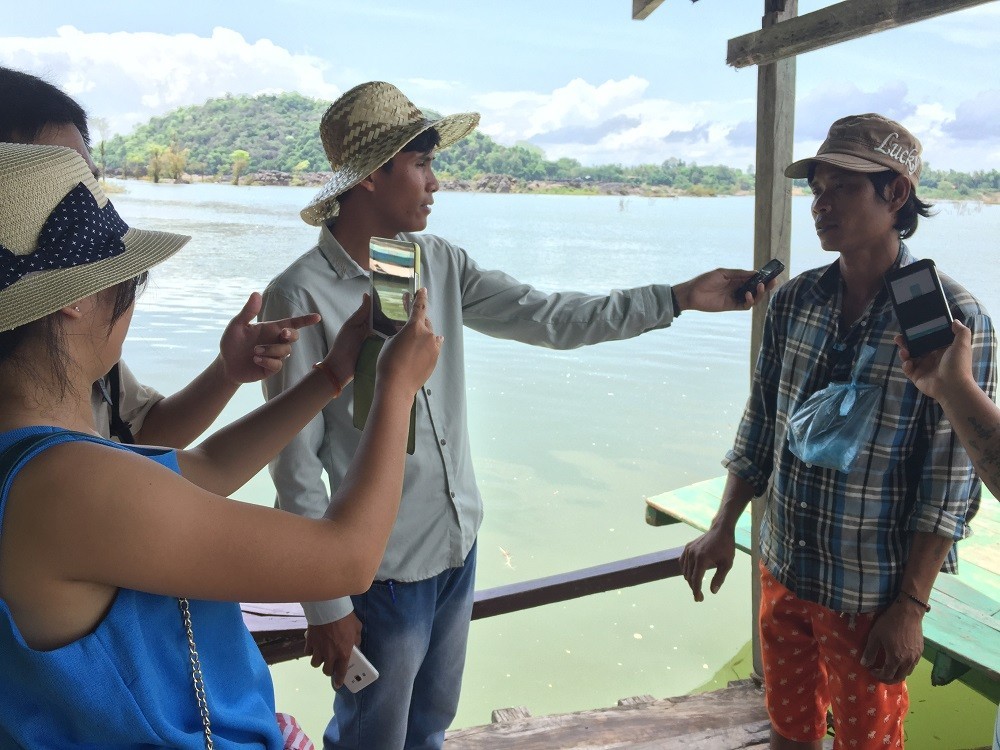Vietnam has strongly committed to develop renewable energy. Experts expect implementation of these commitments will create a “Resolution 10” for the energy sector. Resolution 10 is the name of a critically important Vietnamese reform in 1988. This policy helped to liberalize the freedom and the production potential in rural and agricultural economies.
Multi benefits
In recent years, Vietnam has decided to develop renewable energy (RE), especially for wind and solar, with the aim to ensure the national energy security. “The development of RE has contributed to mitigate environmental pollution and ensure the national energy security”, said Le Tuan Phong, Vice Director of Energy Department, Ministry of Industry and Trade in Vietnam RE Week 2016 (November 18-19).
Experts argue that RE creates more jobs as well as opportunities for the country. For example, GE’s wind turbine plant in Haiphong city (Vietnam) has recruited a high rate of local labor. Within about 700 employees, there is only a foreign expert; the others are Vietnamese, according to Do Minh Tam, the Coordinator of Vietnam Sustainable Energy Alliance.
Bac Lieu People’s Committee reported that the Bac Lieu wind farm contributed to promote the positive image of the province and attract investors. “In the long-term, when it is fully implemented, especially for connecting with tourism development, this project will definitely create more jobs and social –economic values for the province,” said Nguyen Tan Khuong, Head of Administration Office of Bac Lieu People’s Committee.
This commitment has been proved when the price of RE products has globally reduced. On November 22, among reasons to stop the implementation of Ninh Thuan nuclear power plant, the Minister Mai Tien Dung, Head of Governmental Office, said that it was resulted by “the ability to make profit from RE resources such as solar and wind when the cost to generate power from these resources has strongly dropped in the recent 5 years.”
Box 1: World Wildlife Fund has designed different scenarios of energy development in Vietnam, especially for the Mekong Delta. According to the business as usual (BAU) energy scenario, Vietnam will have produced at least 81% of RE by 2050. Based on the best sustainable energy scenario, it will have achieved 100%. “According to these scenarios, Vietnam can reduce its carbon emission 380-450 million tons per year
On November 18, Vietnam vowed to use 100% RE by 2050 with 46 developing countries in the meeting of the Climate Vulnerable Forum, a side event in the UN Framework Convention on Climate Change (COP 22).
The commitment to promote new energy resources has been observed in the two latest decisions signed by the Prime Minister – Decision No. 2068/QD-TTg approving the development strategy of renewable energy 2030 -2050 and Decision No. 428/QD-TTg approving the Revised National Power Development Master Plan for the 2011-2020 (or the Revised Master Plan VII).
The “Resolution 10” potential in the energy sector
These aforementioned decisions have been highly praised by local and foreign experts. “This strategy has shown a very strong commitment of the government in the development of RE with the aim to ensure the energy security and protect the environment”, said Dr. Nguyen Quoc Khanh, an RE expert.
To successfully implement these two broad policies, it should develop a clear management mechanism. “Many players would like to develop RE such as civil society and companies. The government does not provide finance, they only make the right policy”, said Nguy Thi Khanh, Director of Green ID, a NGO center which has done research on practices of RE. “The right mechanism could play the role of a Resolution 10 for the energy sector. It creates opportunities for stakeholders to produce or consume energy, as well as jobs for the economy”.
Experts suggest the government should discuss more with businesspeople, experts, scientists and communities in order to make policies. “One of the biggest challenges for RE development is to establish effective communication channels among policy makers and other stakeholders, which support straight debates and then design a policy that can connect local benefits of communities with macro goals of national energy demand” said Dr. Nguyen Trinh Hoang Anh, University of Vietnam-France.
Box 2: In 2015, power production from RE included wind energy (135 MW), biomass (375 MW), biogas (2 MW), waste (2.4 MW), large hydro (14,530 MW) and small hydro (2,152 MW), according the report of Dr. Nguyen Quoc Khanh.
This is part 1 of a 3 part story. For video reports and a Vietnamese language version of this story, visit Hanoi TV.
Lead image: Bạc Liêu windpower farm, Wikimedia.
This story was produced by a local journalist with support from The Mekong Eye and Mekong Matters Journalism Network. The journalist and their outlet retain full editorial and copyright control.







